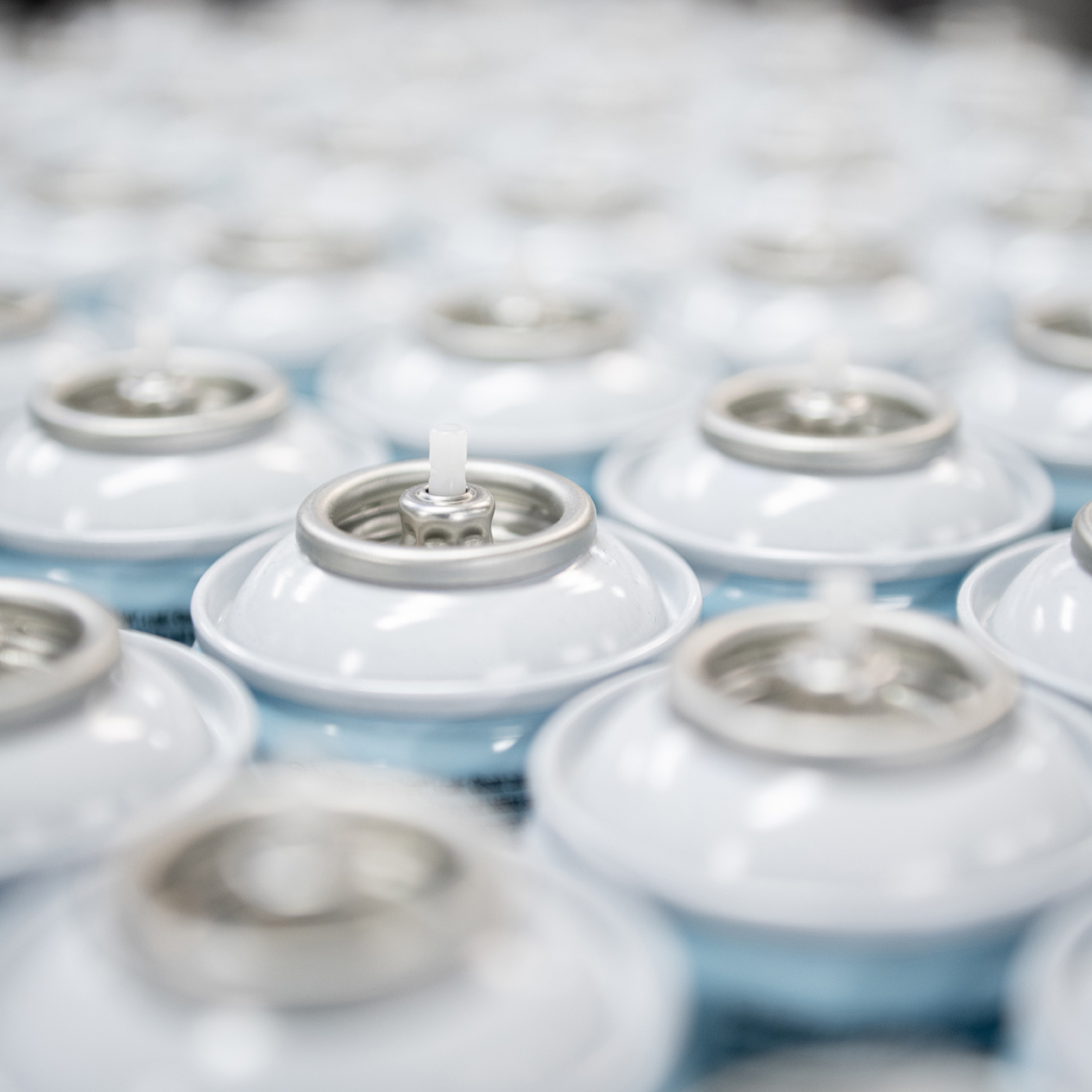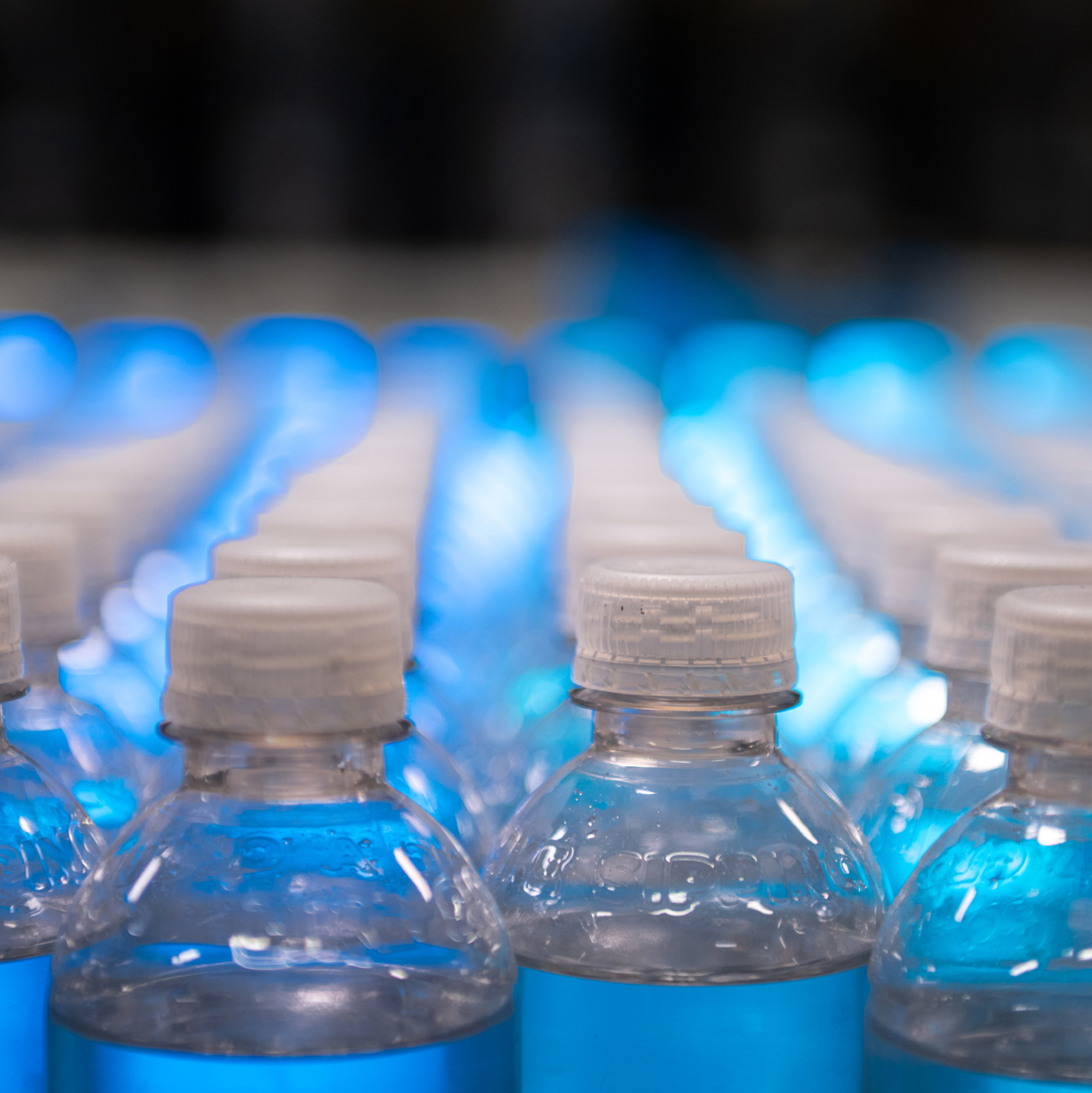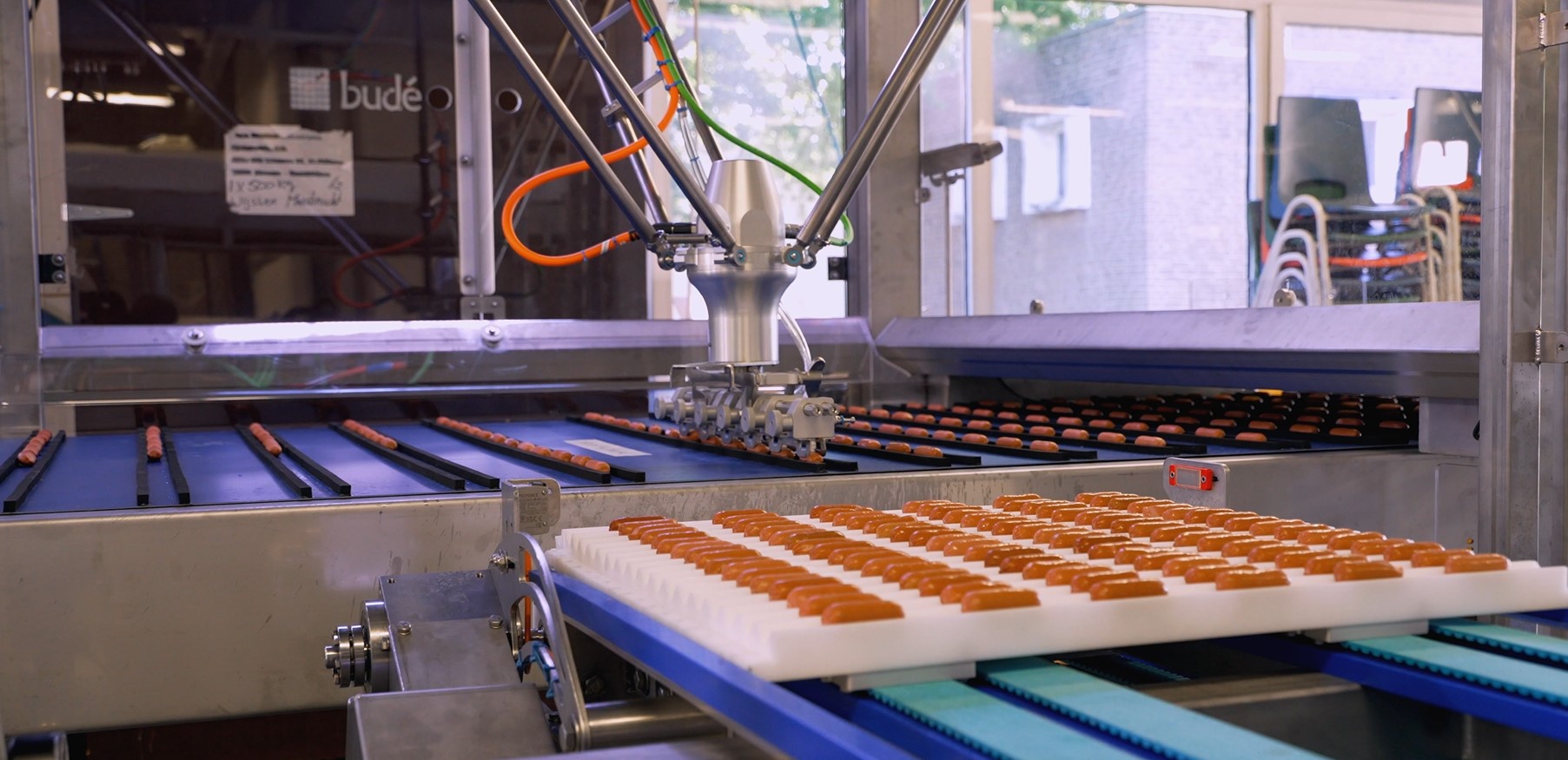A shift away from hydrocarbons: CO2 as a propellant for aerosols
I recently attended the PackExpo exhibition in Chicago, which was impressive! I had the opportunity to discuss aerosol technology and future trends with several industry experts. A topic that repeatedly came up in these conversations was California’s regulatory movement toward banning hydrocarbon propellants, a step that feels more definitive compared to feedback I’ve received in Europe. In Europe the general consent is that at some point in the future, butane/propane based propellants will be replaced with something else. The “something else” could be CO2!
The demand for sustainable aerosol solutions
Beyond regulatory pressures, there’s a growing market trend toward sustainability. Consumers are increasingly influenced by eco-friendly products when making purchasing decisions. Offering an aerosol solution based on a natural gas, such as CO2, could resonate well with these consumers, especially since it would eliminate the need for the alarming warning labels associated with flammable hydrocarbon-based propellants. Additionally, from a cost perspective, CO2 offers potential savings when compared with butane and propane, making it a worthwhile option to consider.
Alternatives to hydrocarbon propellants: CO2 and N2
When considering alternatives to LPG (liquefied petroleum gas) propellants, nitrogen (N2)and carbon dioxide (CO2) are two options worth exploring.
- Nitrogen (N2): N2 is inert, which adds stability, but as a compressed gas, it has limitations. The main issue is the significant pressure drop during the aerosol’s lifespan, which can affect performance consistency. This is due to the "time-over-pressure" technology typically used with N2, which is limited by the properties of the gas itself.
- Carbon Dioxide (CO2): Unlike N2, CO2 is not inert and has a unique property in that it dissolves into the liquid product, helping to maintain pressure stability over time. This mitigates the steep pressure drop experienced with N2. CO2's unique compatibility with aerosol formulations could make it a more reliable choice for certain applications.
The challenges with impact gassing
When working with CO2 as a propellant, different techniques can be applied to achieve optimal performance. The most used method is impact gassing. This method involves forcing CO2 into the can at high pressure. While effective, this process can be technically challenging and may have limitations, especially when trying to achieve the higher pressures needed for high-performance aerosols. The pressure used, in combination with the speed/time for gassing is a fine balance and is limited by the buckle pressure of the can. As not all CO2 can be dissolved in that short moment of injecting, the pressure will drop over time.
The shaking method: a promising solution
One of the most promising methods for CO2-based aerosols is the "shaking" technique. This time-over-pressure technique combines gassing and shaking ensuring the gas dissolves in the liquid at the time of gassing. The process is simple to manage and allows to create aerosols with higher pressure and as a result, with better performance. The pressure in the can will never exceed the buckle pressure when setting the gassing pressure and due to the shaking, the final pressure will be the gassing pressure and will not drop over time. The overall result is that the aerosol pressure can be close to the maximum allowed which will improve the performance of the aerosol. It is also possible to control the process using the amount of CO2 inserted in the can in weight, using a mass-flow meter. All these parameters to control result in a process that is simple to set and will have low process variation.
Is CO2 a sustainable choice?
With global efforts to reduce CO2 emissions, it’s natural to question the sustainability of using CO2 as an aerosol propellant. However, if recycled CO2 sourced from industrial waste gases and processed with green energy, is used, it can be presented as an environmentally conscious choice. Many large industrial gas suppliers now offer certified sustainable CO2, making it possible to meet both environmental standards and market expectations for sustainability.
Is it possible to move from LPG to CO2? Practical considerations
My typical response is that anything is possible, it is a matter of time and money. In this case, some time is needed to test your product with CO2. As CO2 is not inert, it may react with water, lowering the pH level of the product. Formulations may need adjusting to accommodate this, ensuring compatibility with the propellant. Additionally, valves and actuators should be evaluated to determine their suitability for CO2.
Will the product be exactly the same as with LPG?
Perhaps not - but different doesn’t necessarily mean inferior. So, it will take some time, it will also require money as investment is needed in a gasser/shaker unit that can be integrated into existing aerosol lines for effective CO2 integration. And while the cost will vary based on individual requirements, this investment could be well worth it.
First steps: testing CO2 in your product
If you’re interested in looking for LPG alternatives, the process is straightforward. Begin by sending a sample can filled with your product (without gas). We will add the CO2 and return it for your evaluation. This will provide a tangible starting point for evaluating CO2's potential as a propellant in your product and for further development.





